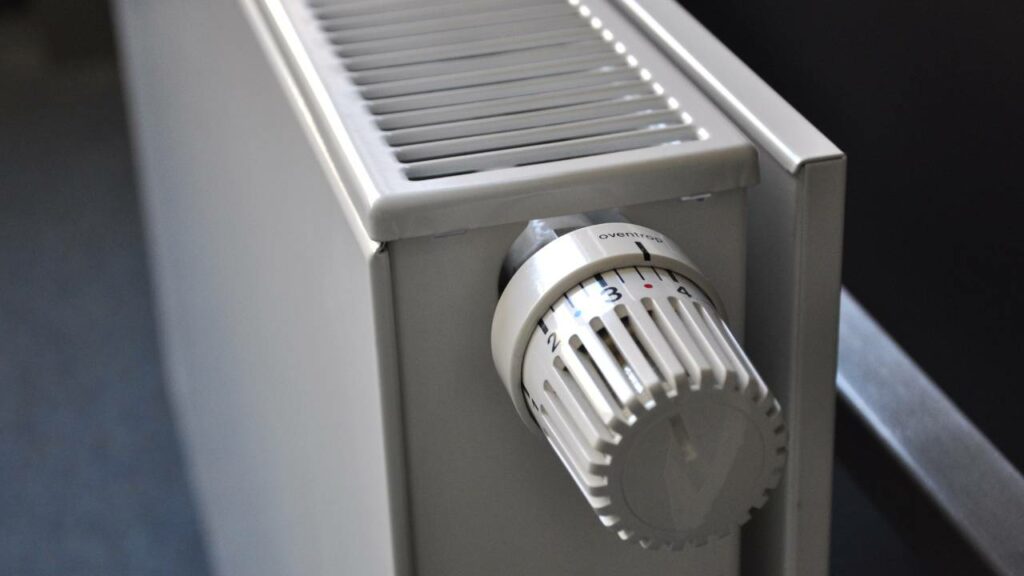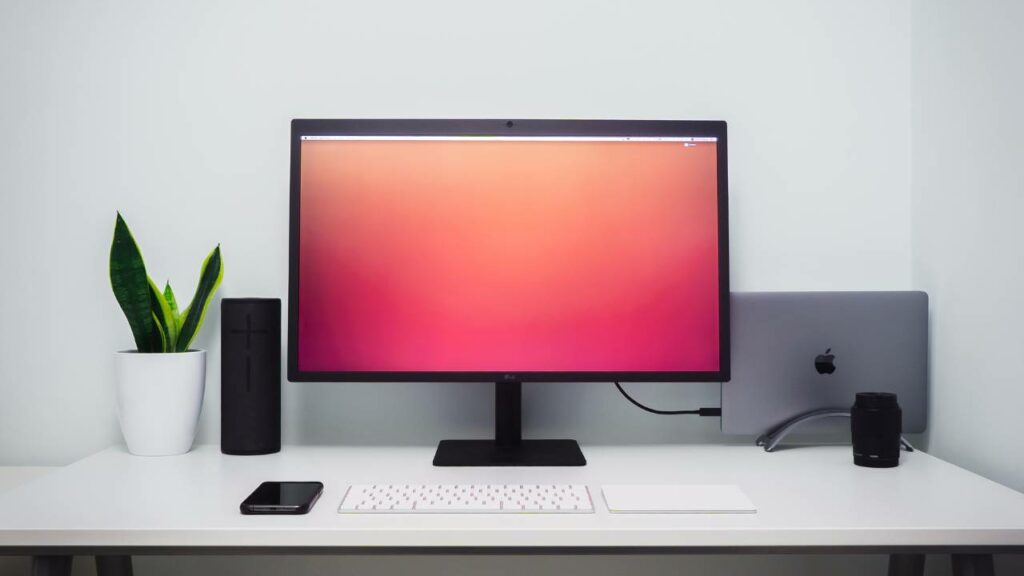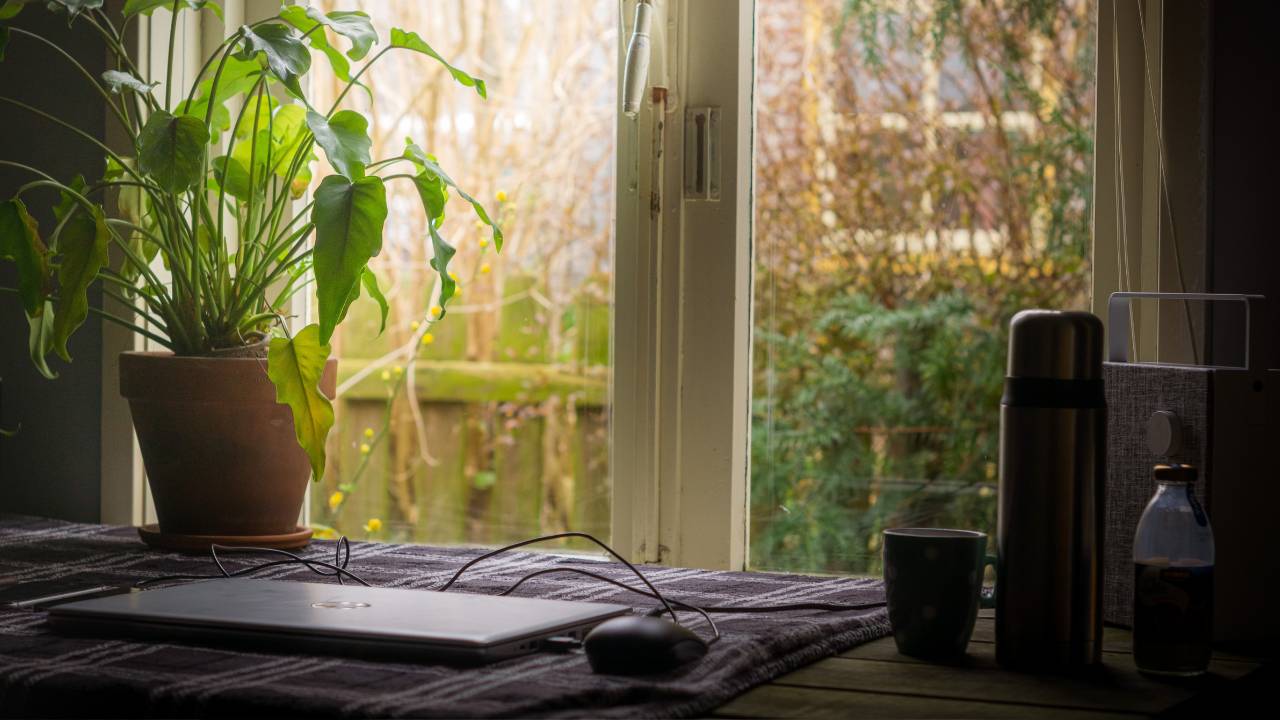In recent years, the concept of a garden office has gained significant popularity, with many individuals seeking an effective way to separate their personal and professional lives while working from home. As remote work becomes increasingly prevalent, creating a comfortable and efficient garden workspace has become essential for maintaining productivity and reducing distractions. This article will explore some top tips for designing the perfect outdoor workspace that caters to various work needs and preferences.
Planning and Permissions

When considering the creation of a garden office space, it’s crucial to understand the legal requirements associated with planning permission and permitted developments. Being well-informed of these necessities can save time, effort and ensure that your ultimate garden office is both compliant and enjoyable.
In many cases, a garden office may fall under the category of permitted development, meaning that formal planning permission is not required. However, it’s important to familiarise yourself with local planning regulations and guidelines to ensure that your specific garden office complies with these rules. Permitted development allowances often have specific height restrictions, among other provisions, which you must adhere to.
If your garden office falls outside permitted development rules and requires planning permission, remember that gaining it is typically not a complicated process and should only take a couple of months. Submitting a planning application involves providing project details to your local planning authority, who will assess it against local policies and legislation. A successful application will grant you the necessary permissions to begin construction of your garden office.
One common guideline for garden offices in Ireland is that you do not require planning permission as long as your office does not exceed 25 square metres in size and you have at least 25 square metres of free garden space remaining after the installation. However, the specific regulations may vary depending on your location and project type, so it’s essential to consult local zoning guidelines.
Selecting the Perfect Space
When planning your ultimate garden office space, the first step is to select the ideal location within your outdoor space. This decision is crucial, as it can directly impact the functionality and comfort of your new work area.
Consider the amount of natural light your chosen spot receives throughout the day. A well-lit space can boost your mood and productivity, while also reducing the need for artificial lighting. Aim to select a location that receives an ample amount of sunlight, but also consider incorporating shading solutions to avoid direct sunlight that might cause discomfort or screen glare issues.
Another vital aspect is the size of the available outdoor space. Ensure your garden office will fit comfortably without overwhelming the surrounding environment. Sufficient space is necessary for easy access to the building as well as for other potential outdoor activities. To save space, consider compact garden office ideas like small workstation pods suitable for single users.
Opting for a quiet corner in your garden is beneficial, especially for those involved in tasks requiring deep concentration or frequent audio/video calls. Separating the garden office from any possible noise disturbance, such as a busy road or neighbours, can lead to a more productive work environment.
Lastly, consider the view from your potential workspace. A calming, aesthetically pleasing view can help enhance creativity and overall well being while you work. Take into account the visual appeal of the garden while you choose the perfect spot for your office.
Implementing Effective Insulation and Heating

Creating a comfortable garden office hinges on two vital aspects: effective insulation and efficient heating. Understanding the importance of professional insulation can make all the difference. By addressing both, you ensure an energy-efficient workspace, warm in winter and cool during summer, making it conducive for year-round productivity. When considering cooling options, one may ask – is it worth installing air conditioning in a garden room?
Firstly, proper insulation is paramount. Let professionals install mineral wool insulation for walls, floors, and roofs. It’s not only thermally efficient but also adept at reducing external noises. Enhance insulation further by choosing thick wood for construction and ensuring all gaps, especially around windows and doors, are appropriately sealed.
As for heating, electric convection heaters are an accessible choice, swiftly warming the space. For more tech-savvy solutions, Wi-Fi electric radiators offer remote control and energy-saving features. Alternatively, infrared heaters warm objects directly, providing immediate comfort, while portable heaters bring flexibility, ideal for smaller spaces. If you’re inclined towards a touch of luxury with practical benefits, electric underfloor heating ensures an even heat spread.
Remember, a balanced approach to insulation and heating not only guarantees comfort but also makes your garden office a beacon of sustainability and efficiency.
Incorporating the Internet and Electricity
Designing an ultimate garden office space requires careful consideration of both electricity and internet connectivity. Having a reliable power supply and a stable internet connection is essential for optimal productivity in your outdoor workspace.
One of the first steps in incorporating electricity into your garden office is to consult a professional electrician. They can help run cables from your home’s primary power supply to your garden office, ensuring that you have the necessary electrics in place. While doing so, it might be wise to lay network cables at the same time, which would provide a strong connection to your Wi-Fi network. Alternatively, solar power systems can be installed on the roof of your garden office for a greener energy solution.
When it comes to establishing an internet connection, many people may wonder how to get Wi-Fi in a garden office. The simplest solution is to use a Wi-Fi extender, which would amplify your existing home Wi-Fi signal to reach the garden office. This provides a wireless option that is both cost-effective and easy to install. For a more reliable and stable internet connection, hardwiring your office with an Ethernet cable is the recommended approach. By connecting your garden office directly to your home’s router, you can achieve faster speeds and avoid potential signal interruptions.
Whether you opt for Wi-Fi or hardwired connections, it is essential to choose a suitable solution that meets your internet requirements and workload needs. Combining a reliable electrical supply and stable internet connectivity ensures a seamlessly functioning garden office, allowing you to work efficiently and productively in your outdoor space.
Choosing Furnishings

When creating the ultimate garden office space, selecting the right furnishings is crucial to ensuring a comfortable and productive environment. Carefully consider each element to strike the perfect balance between functionality and aesthetics.
Start by choosing a suitable desk and chair, as these are the cornerstone of any workspace. Opt for a desk that’s spacious enough to accommodate your laptop and any necessary accessories or documents. Investing in an ergonomic chair should be a priority, as it promotes proper posture, helps to prevent back problems, and ultimately supports your productivity in the long term.
In addition, incorporating a comfortable sofa or armchair can create a more relaxed atmosphere, suitable for taking breaks or handling informal meetings. Place the seating area near a window to make the most of natural light and enjoy the view of your garden.
Storage is another important aspect to consider when choosing furnishings for your garden office. Filing cabinets, shelves, and bookcases can help keep your workspace organised and clutter-free.
Lighting plays a significant role in your garden office’s overall ambience. Ideally, make use of natural light as much as possible. However, it’s essential to have adequate task lighting, such as desk lamps, to ensure visibility when working in the evenings.
Lastly, do not underestimate the impact of colours and decor on your garden office space. Simple accents like wall art, potted plants, or a stylish rug can inject personality into the environment, making it feel both welcoming and inspiring.
Use of Plants for a Green Environment
Incorporating plants and greenery into your garden office space considerably enhances its appeal. The presence of green elements not only boosts the area’s aesthetic value but also contributes to a healthier and more productive work environment.
One of the crucial aspects of creating a green space is selecting suitable plants for the garden office. Certain plant species such as Aloe, Snake Plant, and Spider Plant are known to purify the air and maintain ideal humidity levels. In addition, plants like Bromeliads, Pothos, Rubber Plants, and Philodendrons can also be considered.
When space is a constraint, opting for vertical gardens or green walls is an excellent solution. This method allows you to introduce a greater number of plants within a limited space, thereby enhancing their air-purifying effect and optimising the use of office plants.
In terms of organising your plants, it’s essential to consider their sunlight requirements. Position them in areas where they receive their desired amount of sunlight without casting shadows or obstructing the view from your garden office. Furthermore, ensure that the size and growth patterns of the plants are compatible with the available space.
Adding planters and pots of varying sizes and designs is another means of creating visual interest within your garden office. Incorporating hanging pots and wall-mounted planters can also contribute to a refreshing and creative atmosphere.
Additional Amenities and Features

Creating the ultimate garden office space requires careful consideration of additional amenities and features. To strike the perfect balance between productivity, functionality, and comfort, think about incorporating elements such as a kitchen table, multi-purpose spaces, and relaxation areas.
A kitchen table is an excellent addition to a garden office, as it provides a convenient space for meals, breaks, and informal meetings. Equipping the table with basic kitchen appliances such as a kettle, toaster, and microwave allows for self-sufficient meal preparation, enhancing the overall experience of working in the garden office. Moreover, providing a selection of teas, coffees, or snacks can contribute to a welcoming atmosphere, boosting morale and productivity during working hours.
Having a multi-purpose space within the garden office can significantly enhance its functionality. This type of area can be designed for various uses, such as conference calls, brainstorming sessions, or creative pursuits. By including a comfortable seating arrangement, a whiteboard or pinboard, and adjustable lighting, a multi-purpose space can be both motivational and adaptable to different working styles.
Lastly, creating a designated relaxation space is essential for maintaining well-being and promoting a healthy work-life balance. This can be achieved by incorporating a cosy seating area, such as a small sofa or lounge chair, accompanied by soft lighting and greenery. Including calming decorative elements, such as artwork or a small water feature, can also help to reduce stress and enhance focus when returning to work tasks. In addition, providing access to outdoor spaces through large windows or a patio door can improve air quality and foster a connection with nature, contributing to a more enjoyable working environment.
Maintenance of Your Garden Office
Proper maintenance of your garden office is essential to ensure its longevity and functionality. Keeping the workspace clean and well-maintained not only provides a pleasant working environment but also helps prevent potential issues such as dampness, mould, and structural damage. Regular maintenance activities should include cleaning the exterior, maintaining the guttering, and checking for any signs of wear and tear.
Cleaning the exterior of your garden office keeps it looking fresh and visually appealing. You can use a simple solution of warm water and mild detergent to gently wash the walls and windows. Pay special attention to areas that may be prone to dirt or algae build-up, such as shaded sections and places with low air circulation. Make sure to rinse the surfaces thoroughly to remove residual soap and dirt.
Guttering plays an essential role in preventing water damage to your garden office. It is crucial to regularly check and clean the gutter system to ensure proper drainage and minimise potential structural issues. Remove any leaves, twigs, or other debris from the gutters and downspouts, as blocked gutters can lead to overflowing water, causing damage to the building’s foundations or walls.
Examine the structure of your garden office for signs of wear and tear every few months. This includes checking the cladding and roofing materials for any cracks, discolouration, or damage. Prompt repairs or replacements will help maintain the structural integrity of your garden office and prevent more severe issues such as leaks or drafts.
It is also a good idea to inspect the seals around windows and doors to ensure they remain airtight and watertight. If you notice any gaps or deterioration, it may be necessary to reseal or replace weatherstripping.
Conclusion
In short, a well-executed garden office space suits not only your practical needs but also promotes your overall well-being. With careful planning and attention to detail, you can create an inspiring and efficient outdoor work environment that acts as both a productive workspace and a sanctuary for rejuvenation. The balance of practicality and wellness ensures that you get the best of both worlds every day.
